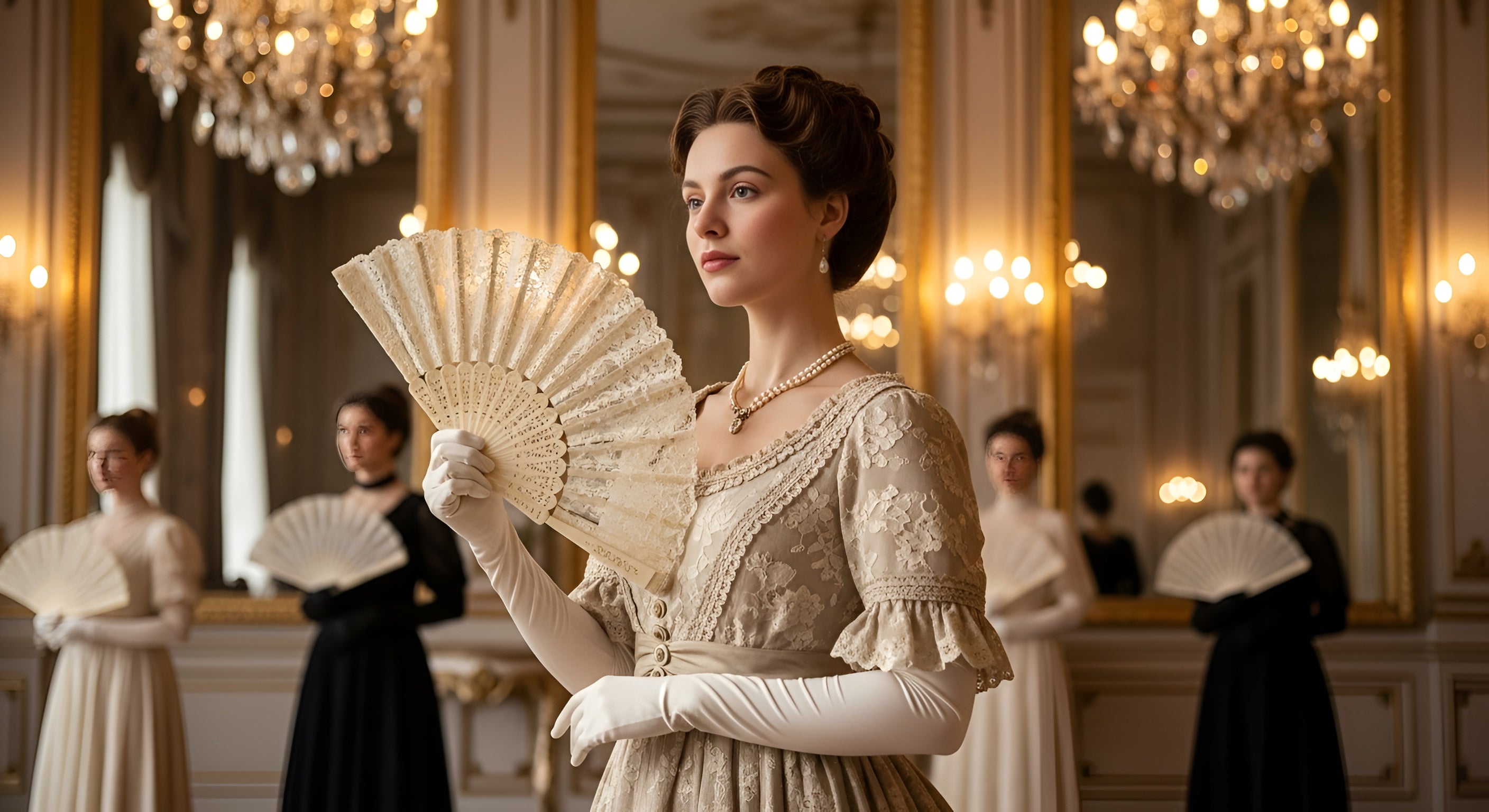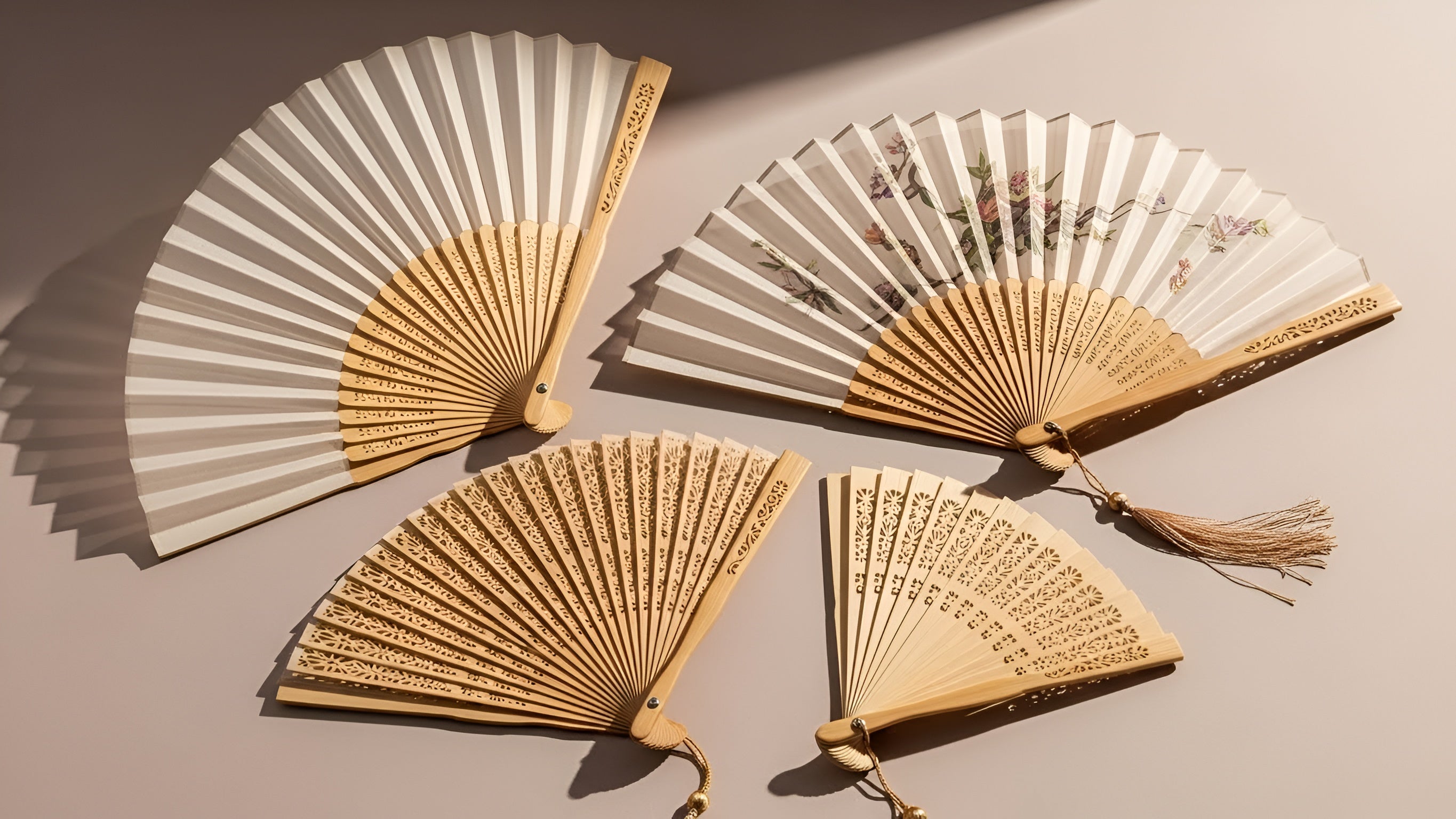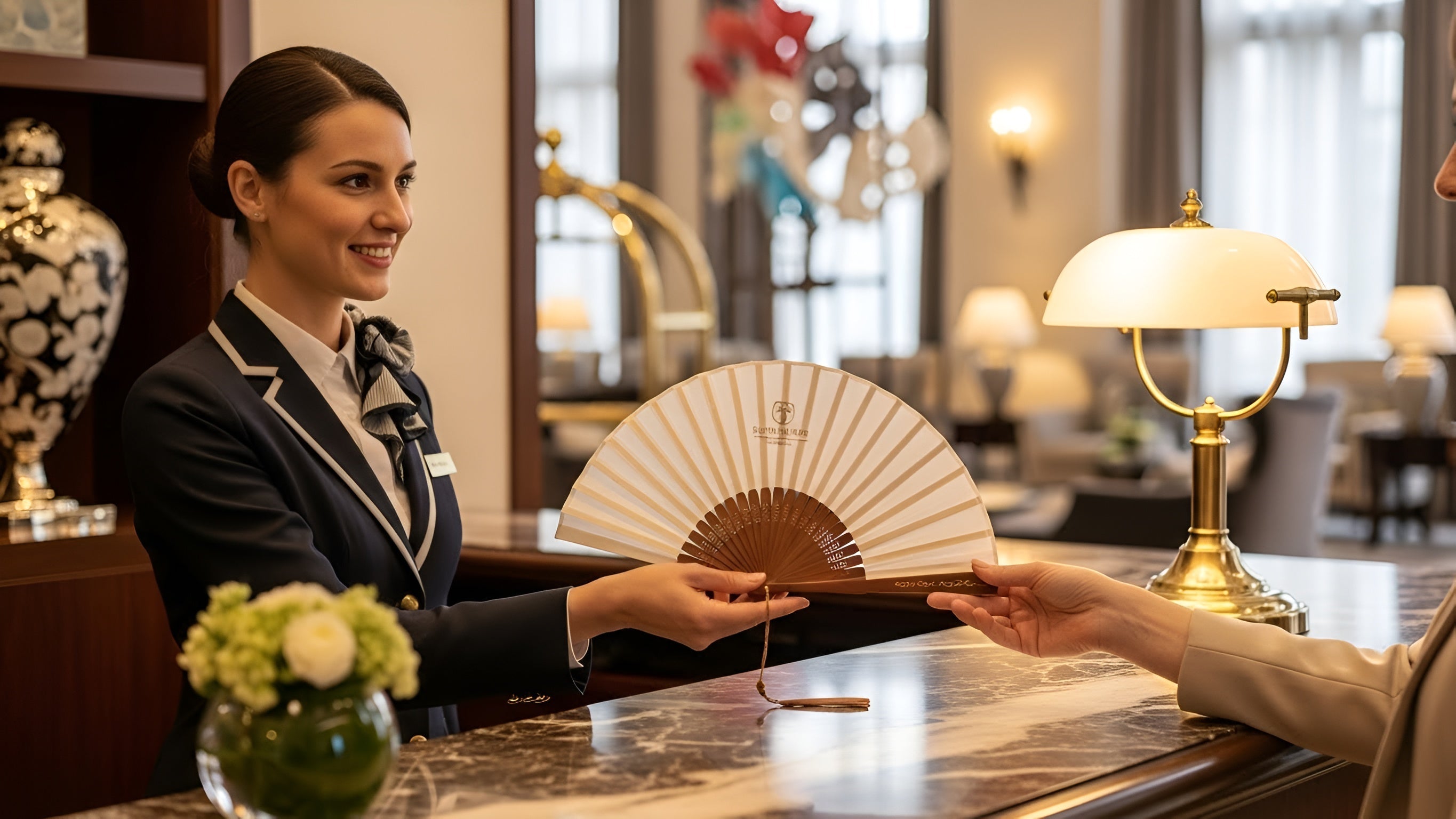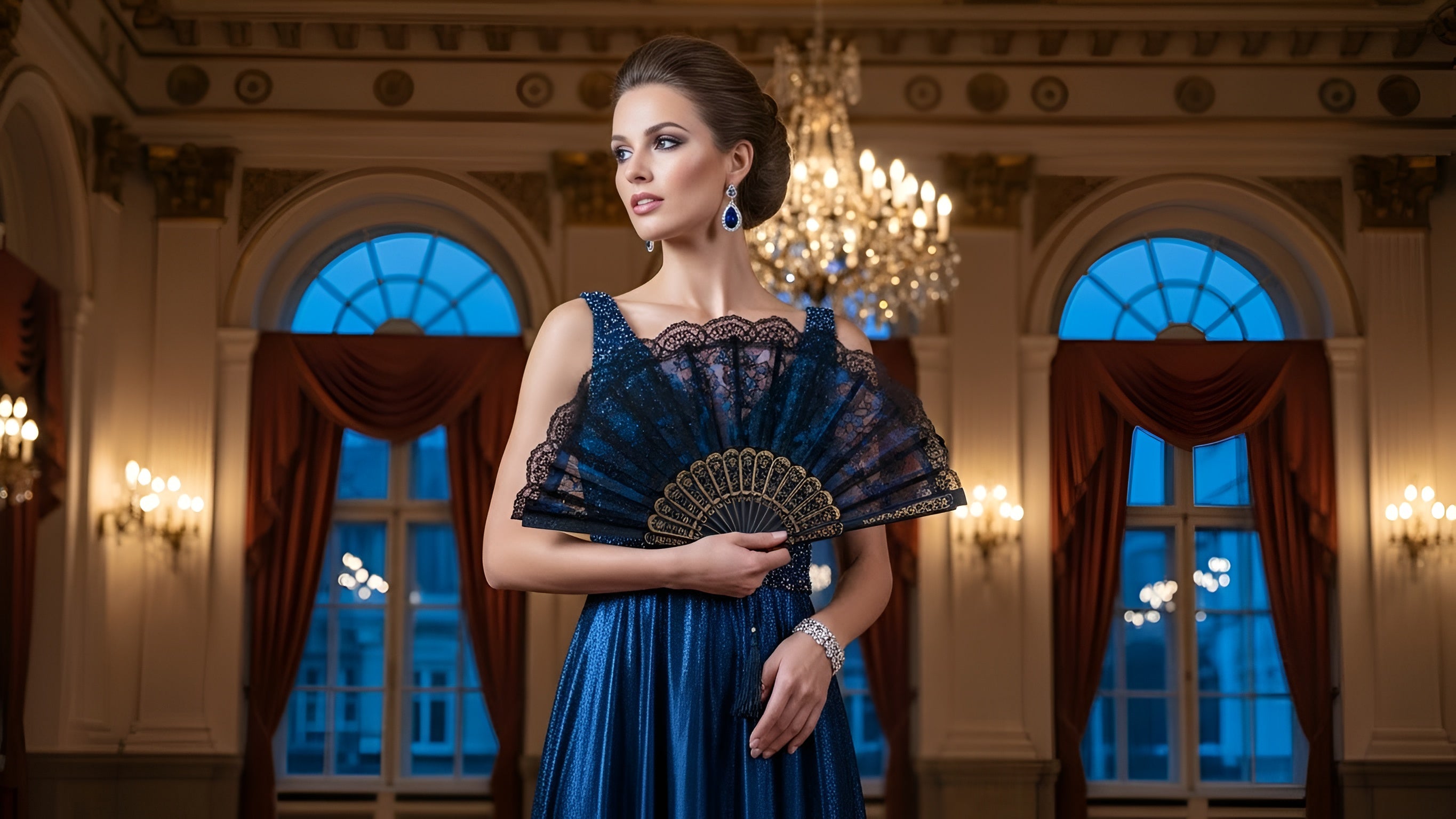Introduction
Fans—yes, those delicate, fluttery tools that we now mostly associate with summer weddings and costume parties—were once the pinnacle of sophistication, elegance, and fashion. In the Victorian and Edwardian eras, fans were far more than mere cooling devices. They were social instruments, fashion statements, and even covert communication tools in a world of tightly laced corsets and strict etiquette. Women didn’t just carry fans—they performed with them. Each flick, flutter, and snap carried a coded message, revealing everything from a playful flirtation to outright disdain.
But where did this intricate tradition come from? How did something so simple become such an essential part of women’s wardrobes? In this article, we’ll journey back in time to explore how fans were used in Victorian and Edwardian fashion—how they evolved, what they symbolized, and why their timeless elegance still resonates today.
The Origins of Hand Fans in Fashion
Before Queen Victoria’s era saw fans reach fashionable peaks, hand fans had already made their mark across several ancient cultures. From Ancient Egypt to Imperial China, fans were used for both practical and ceremonial purposes. But it wasn’t until the 16th and 17th centuries that they swept into European fashion, brought back by explorers and traders who admired their exotic beauty and artistry.
By the time the Victorian age rolled around, fans had become far more than imported novelties. They were now intricate accessories, designed not just to provide a breeze but to display artistry, wealth, and refinement. The fan had moved from a tool to a cultural icon, each one a tiny masterpiece carried on the wrist or tucked into a glove.
Victorian Era: The Rise of the Decorative Fan
The Victorian era (1837–1901) was marked by strict social codes, elaborate fashion, and a deep appreciation for ornate craftsmanship. Fans became a crucial part of a woman’s attire, especially among the upper classes. They were a visible symbol of taste, status, and femininity.
Women’s fashion in this era emphasized detail—lace, embroidery, layers upon layers of fabric. Fans were designed to match this aesthetic. They were made from luxurious materials like ivory, mother-of-pearl, lace, and hand-painted silk. A fan wasn’t merely an accessory—it was an extension of a woman’s personal style and identity.
High society events—balls, operas, royal receptions—almost demanded that a lady have her fan on hand. Not only did it serve a practical function in warm rooms thick with candles and people, but it also gave women a subtle prop to express themselves, especially when speech might be deemed improper.
The Language of the Fan: Secret Codes and Subtle Flirting
Now here’s where things get really fun: the secret language of fans. In a society where women had limited ways to speak openly, especially when it came to expressing romantic interest, fans became a flirtatious lifeline. Yes, there was actually a whole code—a system of gestures—that allowed women to "speak" without saying a word.
Consider this:
-
Covering one’s face with an open fan = “Follow me.”
-
Drawing the fan slowly across the cheek = “I love you.”
-
Twirling the fan in the right hand = “I want to get rid of you.”
-
Holding the fan closed and to the heart = “You have won my love.”
These weren’t just silly games. In a time when propriety was everything, a well-timed flick of the wrist could set hearts racing. Manuals and etiquette books from the time even included detailed fan gesture dictionaries for young women to study. It was all part of the dance of courtship—subtle, thrilling, and entirely dictated by the rules of society.
Fan Design in the Victorian Period
Design-wise, Victorian fans were like mini canvases. Artists painted mythological scenes, romantic landscapes, or floral patterns. Some fans featured poetry or even secret love notes. Many were inspired by the burgeoning influence of the East, with Japanese and Chinese motifs becoming wildly popular, particularly after Japan opened up trade with the West.
The fan was also a reflection of broader artistic movements. Gothic Revival, Art Nouveau, and Romanticism all found their way into fan design. The intricacy of the lace, the delicacy of the mother-of-pearl handles, the hand-painted details—all showcased the craftsmanship that defined Victorian luxury.
And yes, fans were expensive. The more delicate and beautifully crafted, the more they cost. Having an entire wardrobe of fans, each matching different gowns or seasons, was not uncommon for wealthier women. It was fashion at its most refined.
The Fan as a Symbol of Femininity and Status
Victorian society placed a premium on appearances, and for women especially, every detail of their look communicated something about their place in the world. Fans were potent symbols—not just of fashion sense, but of class, taste, and femininity itself.
Portraits of the era often feature women posing with fans, either held delicately or used as a focal point. A fan suggested poise, elegance, and charm. It gave the subject something to do with her hands, but it also added an air of mystery and grace.
You could often tell a woman’s social standing by the quality of her fan. Lace imported from Belgium, inlays of precious stones, gold leaf accents—these were the kinds of fans passed down as heirlooms, kept in velvet-lined cases, and treasured as part of a woman’s dowry.




Share:
Best Folding Hand Fans for Masquerade Balls & Halloween Parties
Hand Fans for Renaissance Fairs & Cosplay | Elevate Your Costume Look